- Write by:
-
Friday, January 5, 2024 - 22:51:39
-
98 Visit
-
Print

Mining News Pro - An international team of researchers has presented a novel integrated model that quantifies how circular economy strategies can reshape global supply chains of critical rare earth elements, such as neodymium, dysprosium and terbium.
The analysis was published in the journal Nature Geoscience and it shows that circular economy strategies can lead to an increase of 701 kt secondary supply and a decrease of 2,306 kt demand within the next three decades.
By looking at the specific impacts of circular economy strategies on the global REE supply and demand landscape, the group found a significant mismatch between in-ground stocks, supply and demand at specific region and element levels, with the mismatch in the supply of heavy rare earth elements being a key obstacle to achieving net-zero emission targets.
The study highlights that substitution, reuse, and recycling will reshape the global REE supply chains. In detail, the implementation of these strategies will lead to an increase in REE supply from urban mines within the next three decades, which can significantly reduce the dependency on mining REE. Some regions like the EU might also achieve a closed-loop REE supply with the implementation of circular economy strategies.
“Our model considers both in-ground stocks and in-use stocks, as well as their quite dramatic geographic shift across ten regions from 2001 to 2050 under three widely accepted climate scenarios,” Oliver Heidrich, co-author of the study and a professor at Newcastle University, said in a media statement. “Our study does shed important light on the demands and supplies and provides a good understanding of the geopolitical dynamics, climate goals and how the natural resources could be used for political gains.”
In Heidrich’s view, the findings can serve as the scientific basis for international cooperation in promoting the circular economy strategies of REE for global and just low-carbon transitions.
At present, the natural reserves of rare earth elements are located in a limited number of countries (China, Vietnam, Brazil, the US, Russia and the Democratic Republic of the Congo); China controls over 90% of the global supply and close to 40% of reserves. Their availability is therefore subject to fluctuations in supply and prices caused by opposing geopolitical interests, with the consequent danger of conflicts.
Short Link:
https://www.miningnews.ir/En/News/627822
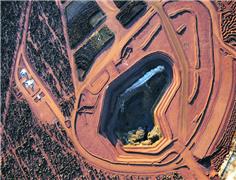
Australian miner Lynas posted a slump in third-quarter sales revenue on Wednesday, missing analyst expectations on the ...
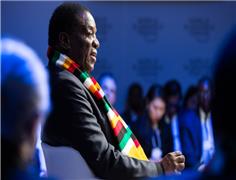
Zimbabwe’s President Emmerson Mnangagwa has re-appointed Winston Chitando as the southern African nation’s mines ...
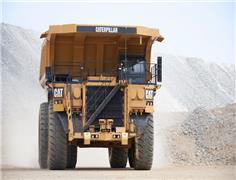
A new report by IDTechEx states that investing in e-haul trucks could result in major savings for miners due to the ...
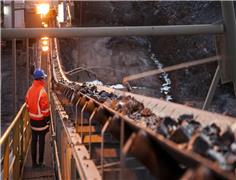
Copper traded near $10,000 a ton, hitting a new two-year high on its way, as investors continue to pile in on a bet that ...
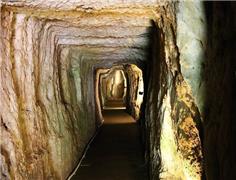
Adriatic Metals is taking over as the operator of the Rupice deposit development, which is part of the company’s Vares ...
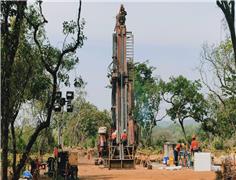
A prefeasibility study for Predictive Discovery’s (ASX: PDI) Bankan gold project in Guinea gives it a net present value ...
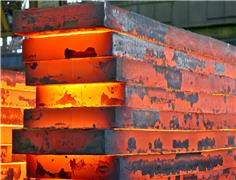
Iron ore futures prices drifted higher on Thursday as the latest soft data from top consumer China triggered renewed ...
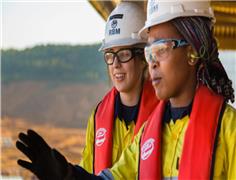
Rio Tinto said on Wednesday it is teaming up with a global venture studio and start-up investor to back the development ...
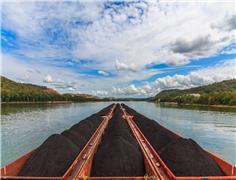
Outflows from global physically backed gold exchange traded funds (ETFs) continued for a 10th month in March, but at a ...
No comments have been posted yet ...